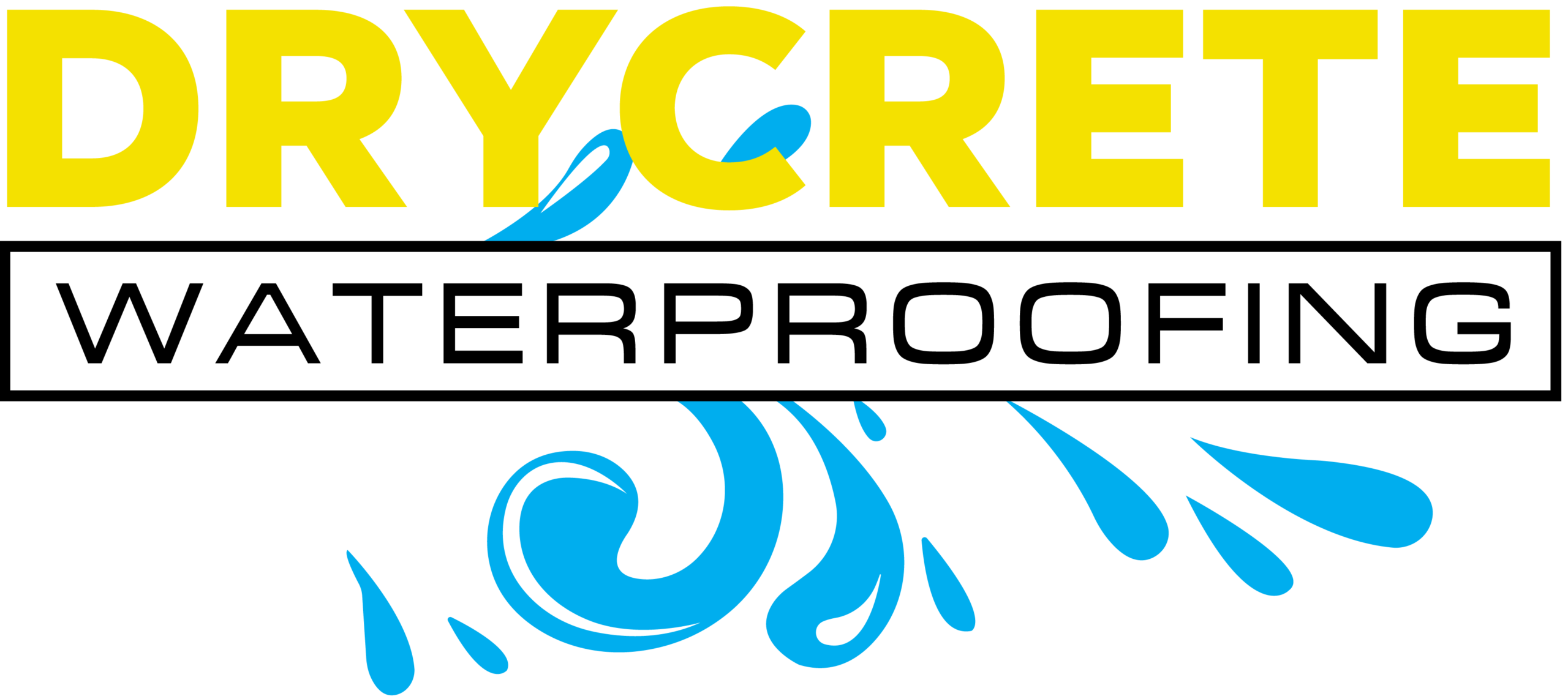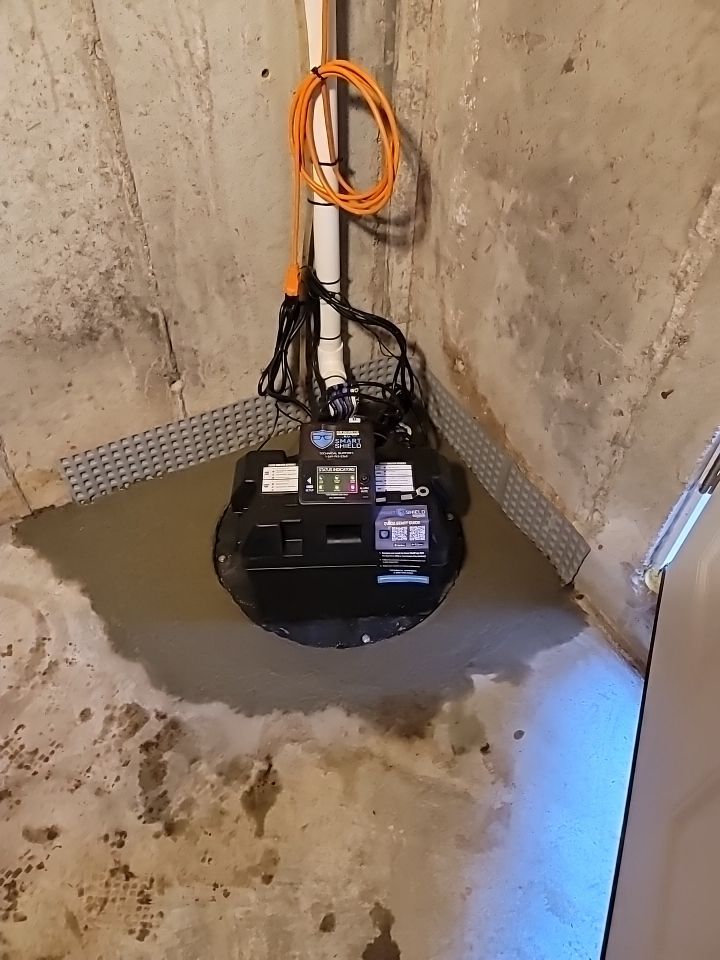Seeping and leaking and flooding, oh my! Considering your options when it comes to basement waterproofing methods can be overwhelming. However, it’s worth finding out what your options are when the alternative is a damp, moldy, unusable space.
A basement which hasn’t been properly waterproofed is a recipe for disaster. Water ingress can lead to mold, structural damage and all kinds of health problems if left unaddressed. So it really is best to take matters in hand and find a basement waterproofing method that suits your particular problem.
Of course, there are many issues which might lead to a damp basement, and therefore, a number of basement waterproofing methods that may solve your problem. Finding the basement waterproofing system that fits your situation is key.
Sometimes you will require an interior drainage system, sometimes exterior waterproofing is better. Sometimes all that’s needed is to apply a few coats of waterproofing material, others will require repairs to your foundations. There are a lot of potential variables to consider.
1. Applied Waterproofing
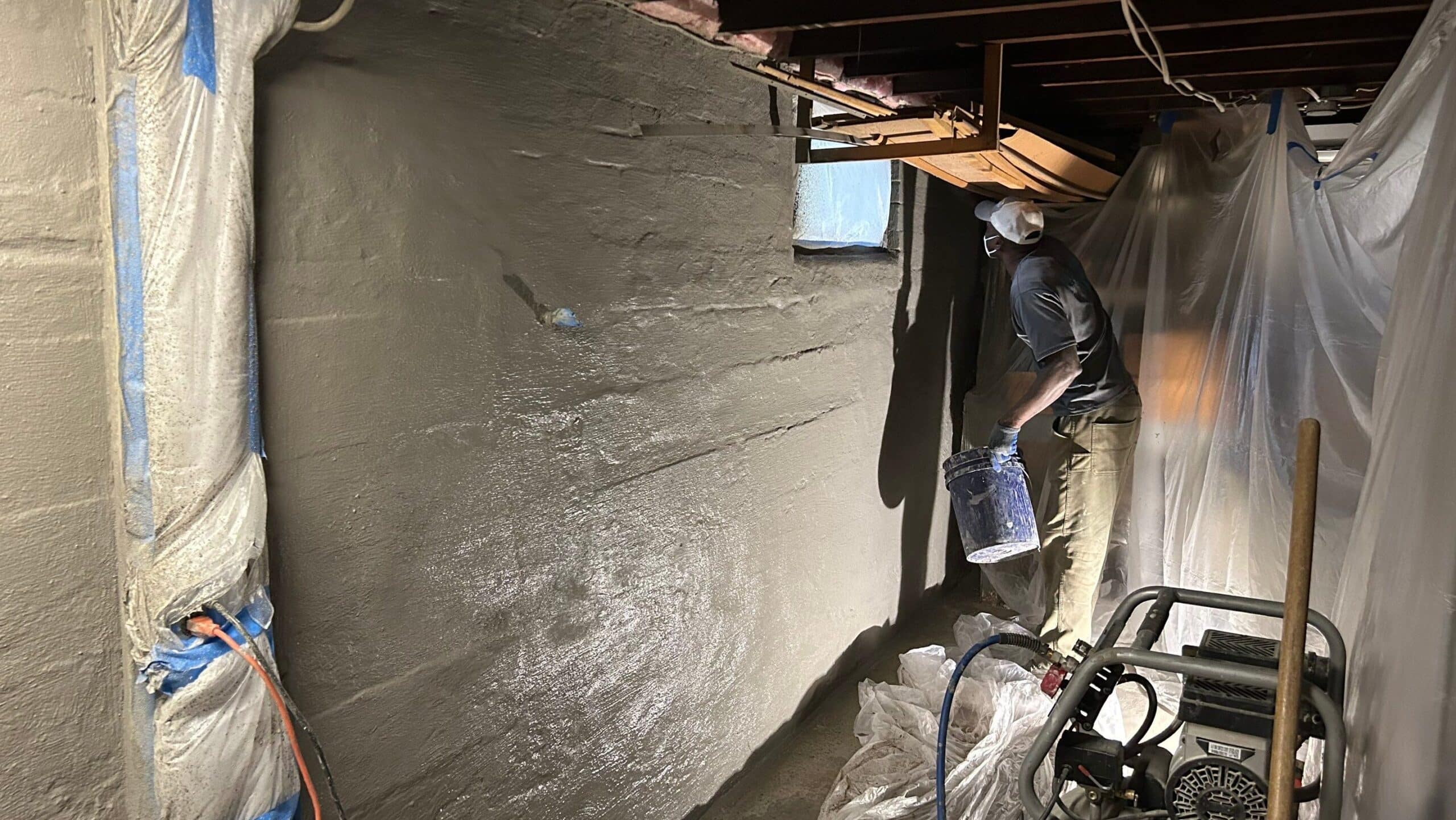
Of all the basement waterproofing methods we’re going to discuss today, an applied coat of waterproof material is probably the least dramatic.
Put simply, the applied basement waterproofing method involves coating your basement walls with a waterproof substance – either Drylok paint or crystalline. While these may sound interchangeable, there are in fact important differences.
Drylok Paint
Drylock paint is just that; a paint which is applied to your basement walls like any other. Where it differs from normal emulsion is that it’s latex based which means it’s breathable. It creates a layer which allows vapor to pass through but blocks liquids, allowing water which may have built up to escape without damaging your home. It’s designed to bolster your basement’s resistance to hydrostatic pressure a bit too.
The Benefits of Drylok:
- Ease of application: drylock paint can be applied as a DIY project in most cases
- Cost effectiveness: a few tubs of paint is probably the cheapest effective method of bringing some waterproofing to your basement
- Effective against damp: if your major concern is dampness and seepage, a surface level waterproofing system could good be enough.
Crystalline Waterproofing
Crystalline waterproofing consists of a layer of cementitious coating which boosts the structural integrity of your basement while waterproofing it too. Rather than simply coating the surface like a paint, the crystalline material actually penetrates the surface of your concrete walls, reacting chemically and forming crystals (hence the name). This means that it finds its way into the capillaries and tiny fractures in the wall which allow water ingress and blocks them, providing a long-lasting waterproofing of any suitable basement.
The Benefits of Crystalline:
- Superior waterproofing: Because crystalline actually penetrates the concrete of your basement wall, it offers a greater level of waterproofing than paint.
- Longer lasting: Again, thanks to the way the crystalline application sinks into your walls and chemically bonds, it can provide a longer lasting, lower maintenance method of waterproofing your basement space.
- Higher hydrostatic pressure resistance: While Drylock paint will certainly make your walls a bit more resistant to pressure from the water table, a crystalline application takes this to an even greater level, offering more protection against structural damage.
- Structural repair: Not only can a crystalline coating help with waterproofing your basement, there is also evidence that it can help to restore some structural integrity to damaged or degraded cement walls.
2. Interior Waterproofing
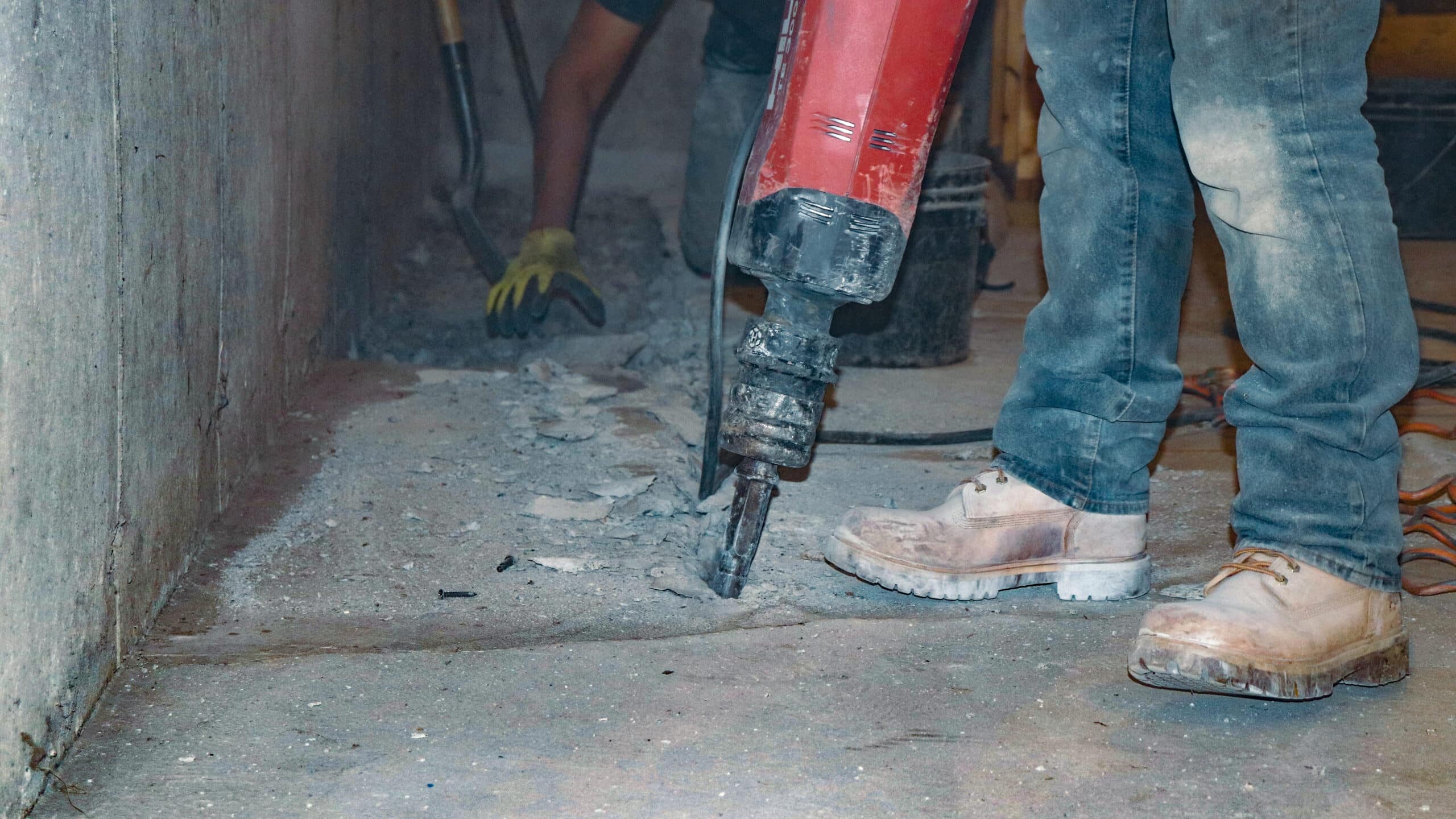
Once built, the best way to waterproof a basement can often be from the inside out. There are a few forms that interior waterproofing can take; two which redirect water away before it can do any harm and two which actively block ingress.
Sump Pump
Sump pumps are a simple mechanism which consists of three parts; the pump itself, a pit dug into the floor (the sump) and a discharge line which redirects the water harmlessly away from your basement.
The pump consists of a small motor, an impellor and a float switch. This is all contained in a housing which is placed into the sump dug into your basement floor. When the sump starts to fill with water, the float switch is toggled on and the motor spins the impellor. This creates an area of low pressure which draws the water into the discharge line and away from your basement.
Interior French Drain
A French drain (named after the inventor rather than the country) is basically a drainpipe which is laid horizontally. This takes advantage of water’s preference for the path of least resistance and directing it away from your property.
Vapor Barrier
Next, we have vapor barriers. These are semi-permeable layers which allow water vapor to pass through but will block liquids, allowing your basement walls to breathe while boosting waterproofing.
Dehumidifier
A dehumidifier will help deal with a damp problem, cutting the risks of mold growth, pest infestation and bad smells associated with basements and can pair well with a vapor layer.
Full Slab Replacement
In particularly extreme cases, you may need to consider a full slab replacement. This involves pouring a new concrete floor into your basement, rectifying any defects in the previous surface and providing a sturdy, waterproof solution to serious problems.
3. Exterior Waterproofing
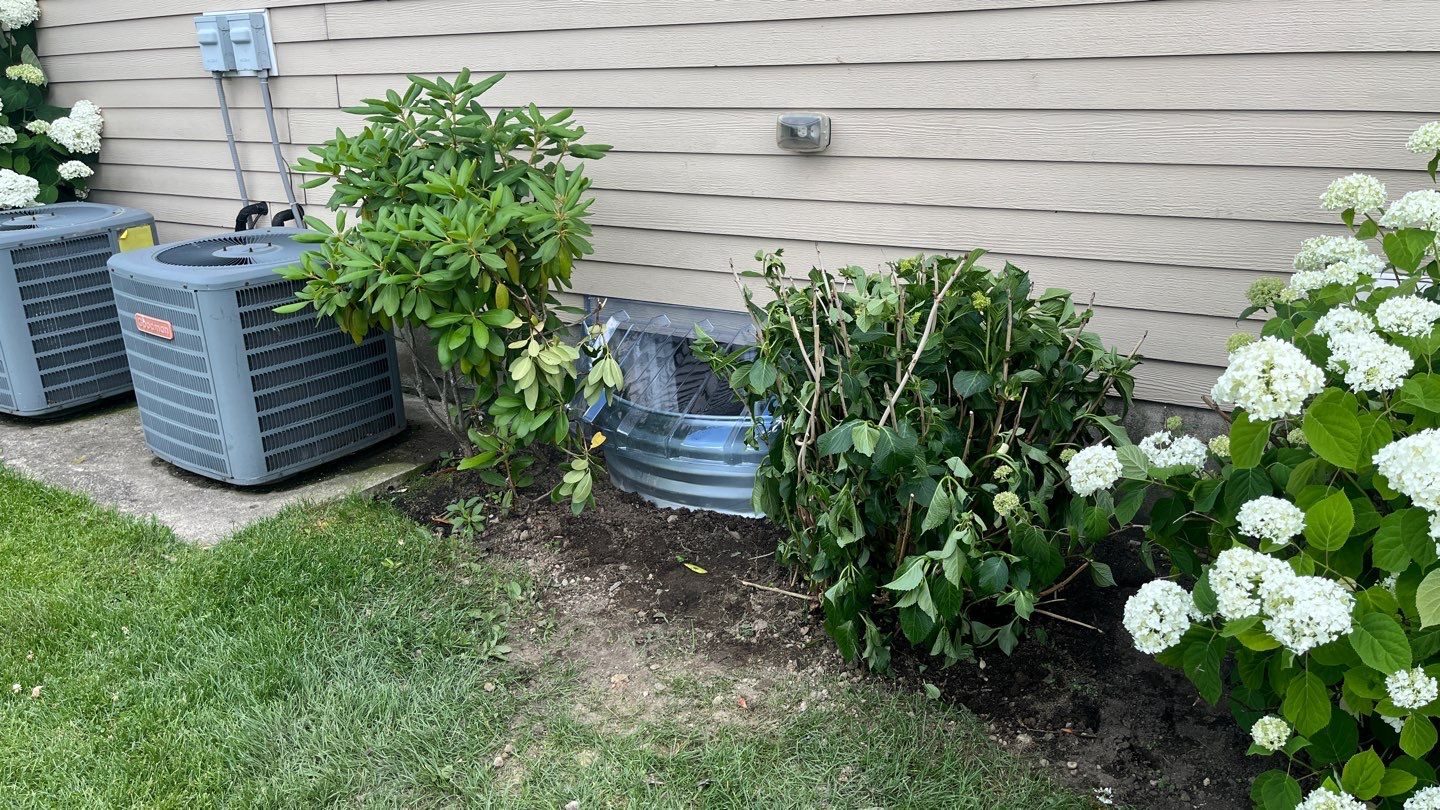
Often the best way to waterproof your basement is to stop the water before it finds its way in in the first place. There are few exterior waterproofing methods which are worth considering.
Exterior French Drain
Just like on the inside, an exterior French drain can be a great solution to your ingress problems. By directing groundwater away from your home, you can stop ingress before it starts.
Proper Window Well Installation
Ensuring that any window wells around your basement windows are properly installed can reduce the risk of outside weather becoming an indoor issue. This is one of the major causes of water intrusion that we see during heavy rainstorms. Not only should window wells be properly installed but you should maintain them 1 to 2 times per year to make sure they are in proper working order.
Gutters and Downspouts
Vital to any property’s waterproofing is a properly installed system of guttering and downspouts. Your roof gathers a lot of water during inclement weather and that water has to go somewhere. Ensuring your gutters are clear and your downspouts are properly placed can avoid problems in all areas of your property.
Dry Wells
Dry wells can help to disperse excess water and reduce pooling on your property, diverting water which could otherwise find its way into your home. They can also be paired with French drains and sump pumps to help mitigate some of the issues with common interior basement waterproofing systems.
Grading Your Land
On a more fundamental level, if you’re in the process of building your home (or you want to undertake some serious remedial work) the grading of your home is absolutely vital. Grading refers to the slope created while setting your foundations. Because water flows downhill, you want your home to be on the highest possible part of your property, or at least have a decent slope running away from your foundation.
4. Foundation Repair

Of course if things have gone too far and structural damage has occurred before you undertake a course of waterproofing, all is not lost. It can often be possible to repair a foundation and install basement waterproofing systems at the same time.
Crack Injections and Mortar Repair
When a house is built, it takes around 6 years for it to fully settle. It’s not uncommon for this process of settling to lead to cracks forming in basement walls as the downward pressure shifts slightly. Couple this with seasonal cycles of freeze and thaw, hydrostatic pressure from the water in the surrounding soil and tiny amounts of moisture getting into these cracks and before you know it you have water flowing in.
Luckily, if you have a poured concrete basement, it’s usually fairly straightforward to repair these cracks with resins which not only provide brilliant waterproofing, they are flexible enough to allow the wall to move slightly without exacerbating the cracks.
If your basement is made from blocks like cinderblock or fieldstone, it’s possible to repair any cracks by replacing any damaged or missing mortar.
Sealing Your Foundation Externally
Of course, sometimes the best option is to seal things from the outside. Excavating a trench around your property may sound extreme but it offers the chance to protect an already finished basement interior and allows you to install a wide range of basement waterproofing systems, repair damaged or degraded walls and install superior drainage solutions. While this may be a bit of a nuclear option, it’s hard to find fault with its versatility or effectiveness!
Find the Basement Waterproofing Methods that are right for you:
There are almost as many basement waterproofing methods as there are basements to waterproof. Which is best depends on a number of factors and if you’re ever in any doubt about which waterproofing system will work for you it’s a good idea to talk to an expert.
